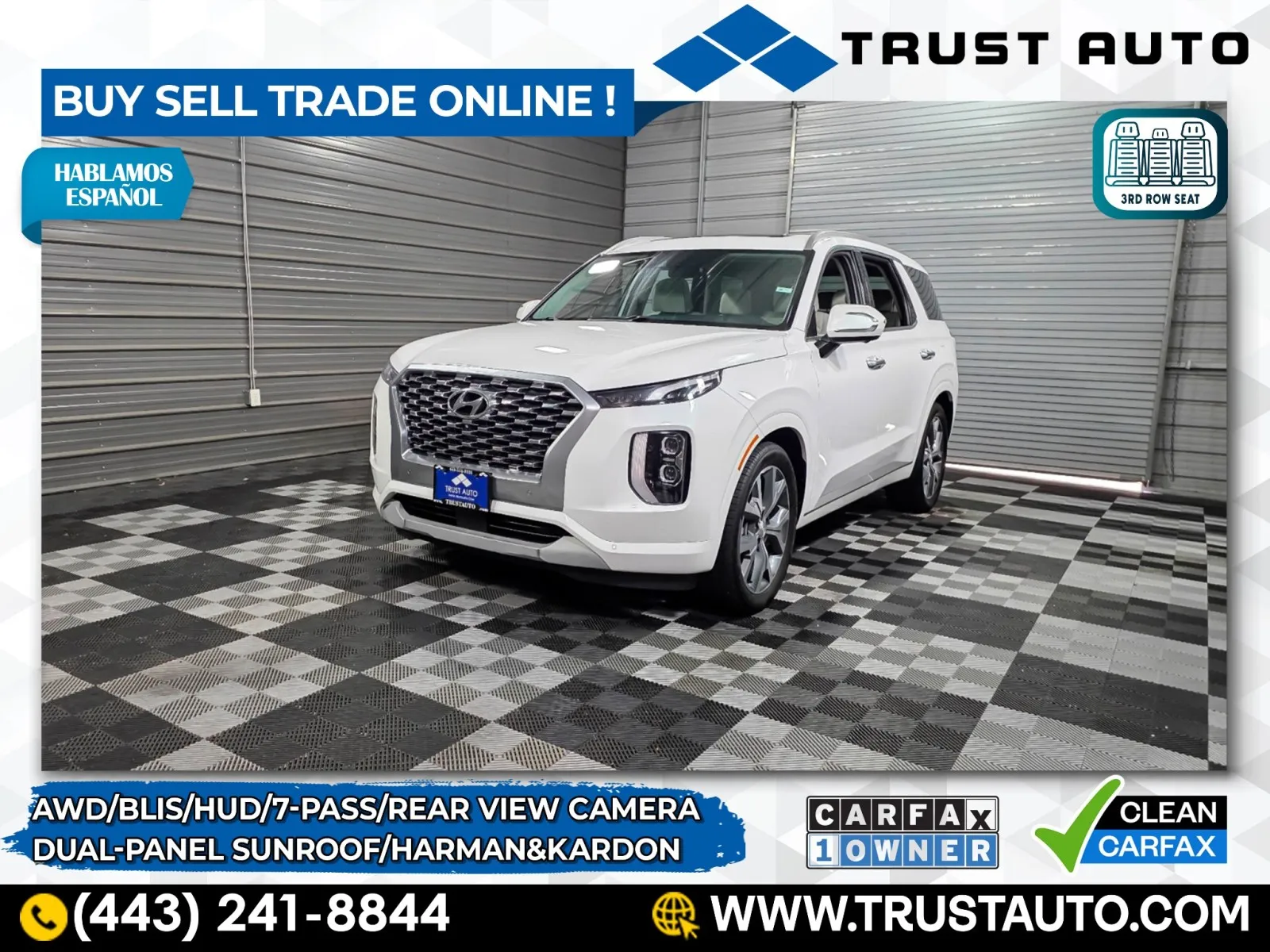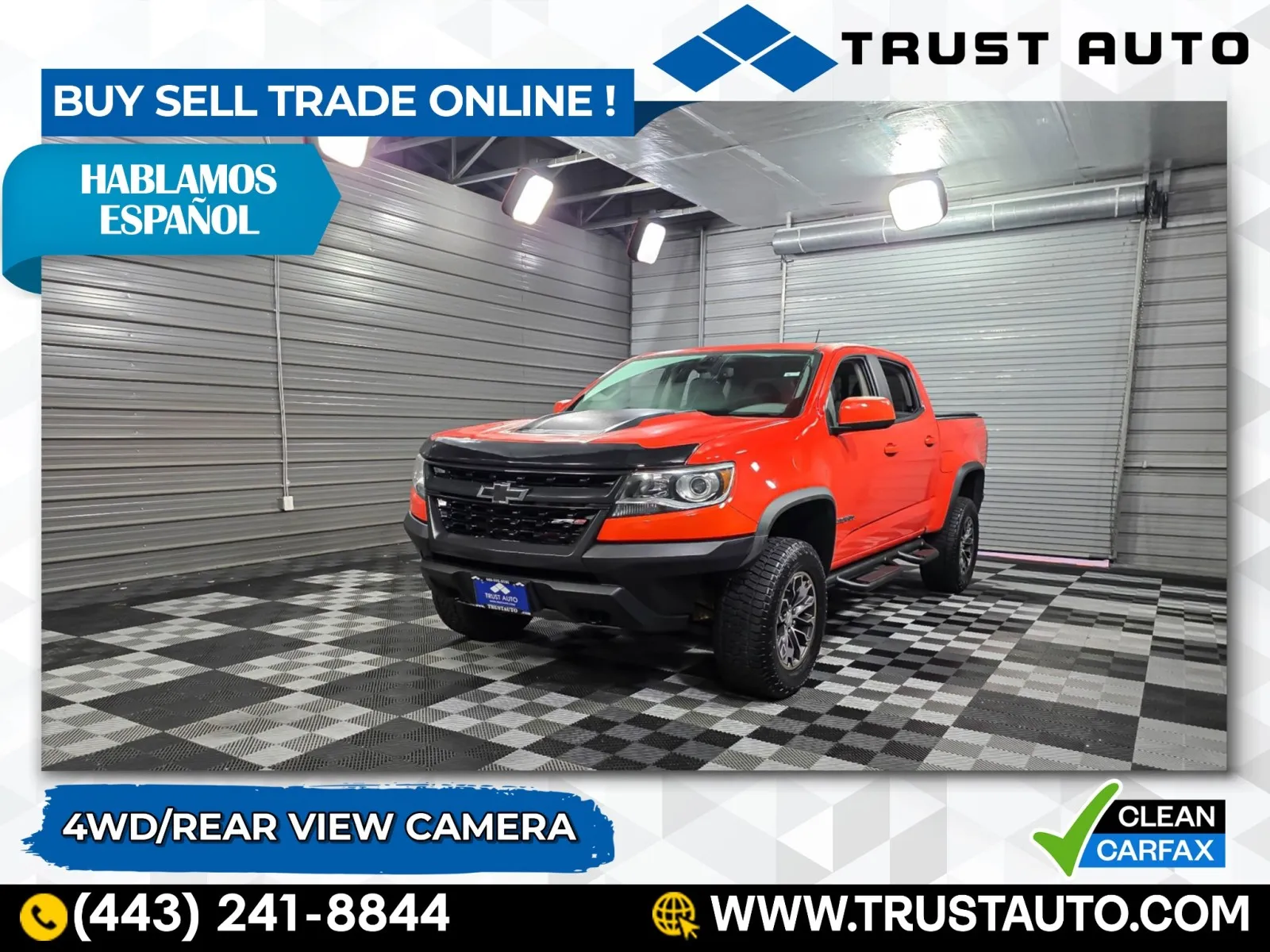
- Inventory
- Work trucks
- Finance
- Trade-in or sell
- Service
- About us

How to Speed Up the Car-Buying Process
- Trust Auto
- Blog
- How to Speed Up the Car-Buying Process

How to Speed Up the Car-Buying Process
You did it! You found the car of your dreams. you took it for a test drive. you know it’s the car you want to drive home. And now… you wait.
The used car-buying process can be agonizingly slow and drawn out since more times than not, it includes arranging to finance, signing contracts, and determining what other aftermarket add-ons you may want for your vehicle. With newer technology becoming standard in vehicles, some of that lengthy wait can be chalked up to going over the navigation, audio, and entertainment systems.
However, the longest delays can happen when you show up with the wrong, expired, or forgotten documents. By following this checklist, you can avoid some delays and get on your way.
Car-Buying Process: Document Checklist
- Payments: You can use a bank check or credit union check for the pre-approved loan amount, or if you are financing through the dealership, you can use a personal check or even a credit card for your down payment. To know what checks are accepted at the dealership, call ahead of time and speak to the finance manager. They will be able to tell you everything you need before stepping foot into the dealership.
- Driver’s License: The dealership will need to know that you are legally allowed to drive the vehicle off the lot once it’s purchased, so be sure you bring a valid driver’s license. This will also serve as a form of identification for your check or method of payment.
- Title for Your Trade-In: If you are trading in a vehicle, you will need proof that you own the vehicle. This shows that you are the owners and are allowed to trade it in. If you had a co-signer on the trade-in, be sure to obtain their signature ahead of time. Tip: Be careful during this stage. If the title is signed incorrectly, it could be rejected by the dealership or motor vehicle registry. If you are unclear as to what needs to be signed, speak to someone at the dealership and they will be able to assist you.
- Current Vehicle Registration: If you are trading in a vehicle, you will need the current registration. Be sure it is valid, up to date, ad the stickers on your vehicle match the documentation.
- Proof of Insurance: In order to drive your new car off the lot, the dealership will need to see proof of insurance. Call your insurance company and inform them of your pending purchase so your policy can be updated quickly, as soon as you know what vehicle you are purchasing. In some cases, insurance companies will fax information directly to the dealerships, however, some dealerships just need visual proof that you have a current auto insurance policy.
- Pay-Off Amount for Trade-In: If you are trading in a car that you still owe on, you will need to bring the payoff amount and loan information. If you are unsure how to handle this, call the lender and explain what you are doing. This type of transaction occurs regularly, so they’ll be able to walk you through the process.
Buying a used car doesn’t have to take all day. Come prepared and you will hit the road in no time!









